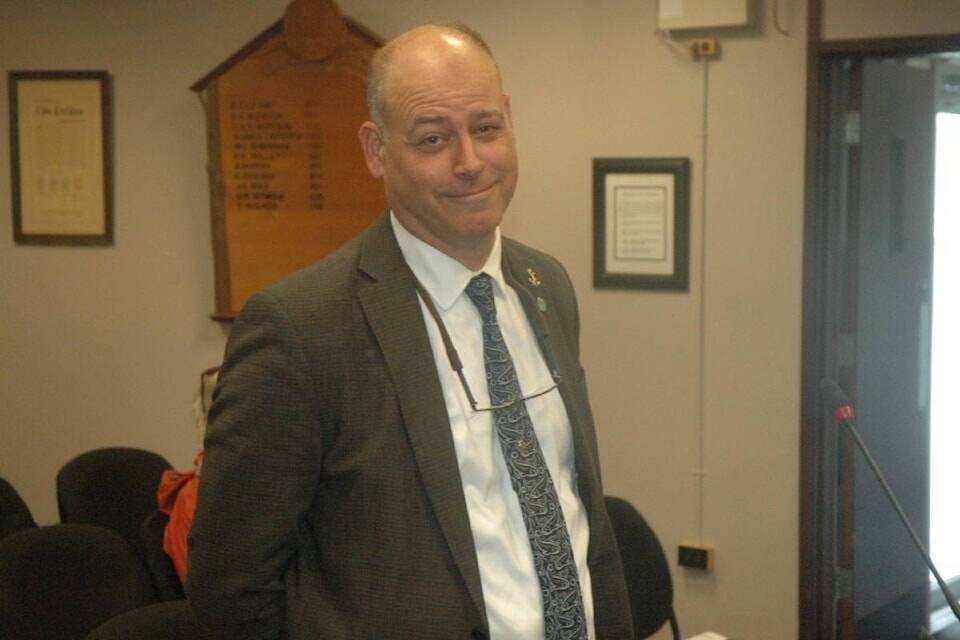Ongoing efforts to control and reduce the invasive plant parrot’s feather in the Somenos watershed are paying off.
Dr. David Preikshot, a senior environmental specialist in North Cowichan, said in a report that work by the Somenos Marsh Wildlife Society over the last three years has made significant progress towards the municipality’s goal of reducing the presence of parrot’s feather in the watershed.
As a result, North Cowichan council voted at its meeting on April 17 to increase the municipality’s budget allocation to the SMWS, with which it has a service agreement to do the work, in 2024 from $50,000 to $70,000.
RELATED STORY: PARROT’S FEATHER INFESTATION CHOKING SOMENOS LAKE WATER FLOWS
Preikshot said staff and volunteers from the SMWS have planted almost 3,000 trees and shrubs in and around Somenos Creek, which are intended to control the growth of parrot’s feather through shading by restoring riparian treed habitat along the creek.
He said the restoration of treed habitats in riparian areas in the watershed is anticipated to begin to impact parrot’s feather in 10 years.
“Until then, it is the opinion of SMWS and North Cowichan staff that cutting and removing parrot’s feather at strategic locations can support drainage in and around Somenos Creek, improve water quality, and protect migrating trout and salmon,” he said.
“To that end, North Cowichan environment staff worked with staff from SMWS and Cowichan Tribes to convince regulators from Fisheries and Oceans Canada and the Ministry of Water, Land and Resource Stewardship to permit the trial cutting of parrot’s feather in the creek.”
RELATED STORY: INVASIVE PARROT’S FEATHER NOW SMOTHERING 80% OF SOMENOS CREEK
Parrot’s feather is a popular aquatic garden species and intentional planting has spread it into natural water bodies.
The species is known to out-compete and replace native aquatic vegetation with its dense stands, and has impacted a number of freshwater bodies in B.C.
Once established, parrot’s feather is a difficult invasive plant to manage, and in 2021, the plants covered more than 80 per cent of the three-kilometre length of Somenos Creek.
It has been determined that parrot’s feather is contributing to poor water quality in the Somenos watershed and is delaying the migration of salmon in Somenos Creek, and the SMWS has been actively pursuing several management options, in collaboration with Cowichan Tribes and North Cowichan, in an effort to deal with it.
RELATED STORY: SOLVING PARROT’S FEATHER INFESTATION IN NORTH COWICHAN WILL BE DIFFICULT
Preikshot said staff and volunteers from the society began trial cutting of parrot’s feather in the watershed in the summer of 2023 and used an aquatic weed cutter to remove almost two tonnes of the plants from a creek site near York Road.
He said the society successfully demonstrated that cutting allowed the maintenance of a two to three-metres wide clear channel for approximately 600 metres at the control site.
“Given the success of this effort, SMWS is proposing to expand their parrot’s feather cutting and removal work in the coming year,” Preikshot said.
“SMWS is also developing a plan to work with Cowichan Tribes to extend parrot’s feather removal work to the section of the creek running through Cowichan Tribes’ land south of Tzouhalem Road.
Coun. Christopher Justice thanked the SWMS for its efforts.
“What [the society] does for us in terms of allowing us to address our management goals for the Somenos watershed, while allowing our environmental staff to focus on other strategic priorities like natural-asset management plans and invasive-species control, is really phenomenal,” he said.
